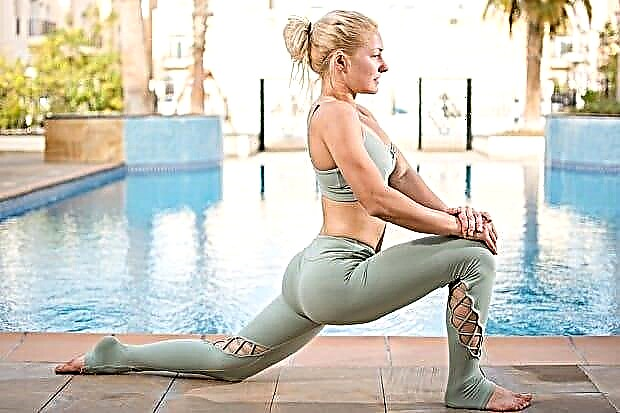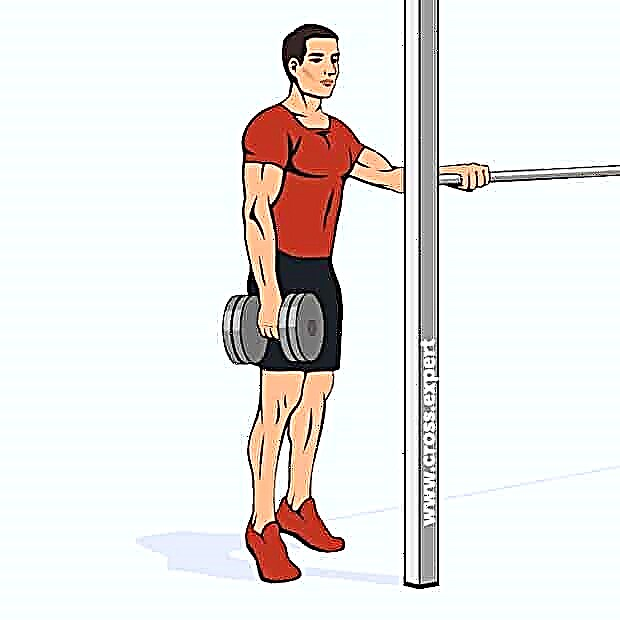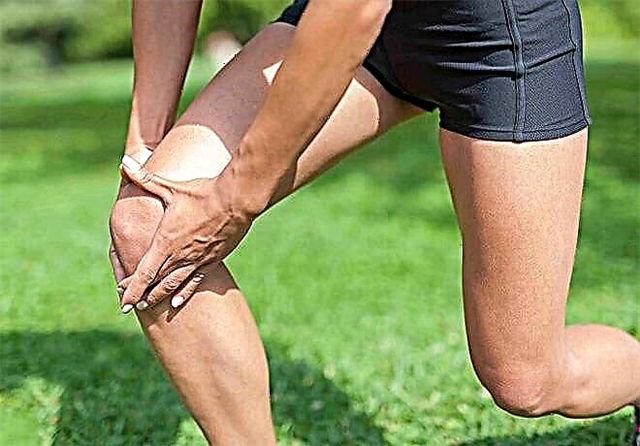Many aspiring runners are wondering if running in winter is worth it. What features of running in cold weather exist, how to breathe and how to dress so as not to get sick after a winter run. I will answer these and other questions in this article.

At what temperature can you run
You can run at any temperature. But I do not advise you to run when it is below 20 degrees below zero. The fact is that at such a low temperature, you can simply burn your lungs while running. And if running speed is low, then the body will not be able to warm up to such an extent that it is able to resist severe frost, and the likelihood of getting sick will be very high.

Wherein you can run even at lower temperatures... Everything will depend on humidity and wind. So, with high humidity and strong winds, minus 10 degrees will be felt much more strongly than minus 25 without wind and with low humidity.
For example, the Volga region is famous for its strong winds and humidity. Therefore, any, even mild frost, is very difficult to endure in these places. At the same time, in dry Siberia, even at minus 40, people calmly go to work and school, although in the central part of this frost all educational institutions and many industrial enterprises are closed.
Conclusion: you can run in any frost. Feel free to jog up to minus 20 degrees. If the air temperature is below 20 degrees, then look at the humidity and the presence of wind.
How to dress for running in winter
The choice of clothing for running in the winter is a very important issue. If you dress too warmly, you can sweat at the start of your run. And then start to cool down, which can cause hypothermia. Conversely, if you dress too lightly, then the body will not have enough strength to generate the right amount of heat, and you will simply freeze.
There are a number of basic things to know when choosing running clothes:
1. Always wear a hat when running in winter, regardless of frost. A hot head that begins to cool down while running is a high probability of getting at least a cold. The hat will keep your head cool.

In addition, the hat should cover the ears. The ears are a very vulnerable part of the body when running. Especially if the wind is blowing. It is desirable that the hat also covers the earlobes in cold weather.
It is better to buy a tight-fitting hat without various pompons that will interfere with running. Choose the thickness of the hat depending on the weather. It is better to have two caps - one for light frost - one-layer thin, and the second for severe frost - a dense two-layer.
It is better to choose a hat from synthetic fabrics, and not from wool, since a woolen hat is easily blown through and, moreover, it absorbs water, but does not push it out so that the head is not wet. Synthetics, on the contrary, has the property of pushing water out. Therefore, runners have their caps covered with frost in winter.
2. You need to run only in sneakers. At the same time, you do not need to buy special winter sneakers with fur inside. Legs will not freeze when running. But try not to buy sneakers with a mesh surface. Snow falls through this surface and melts on the leg. Better to buy solid sneakers. At the same time, try to choose shoes so that the sole is covered with a layer of soft rubber, which slips less on the snow.
3. Wear 2 pairs of socks for your run. One pair will absorb moisture, while the other will keep warm. If possible, purchase special two-layer thermal socks that will function as 2 pairs. In these socks, one layer collects moisture, and the other keeps warm. You can run in only socks, but not in severe frost.
Don't wear wool socks. The effect will be the same as with the hat. In general, you should not wear anything woolen for a run.
4. Always wear underpants. They function as a sweat collector. If possible, purchase thermal underwear. The cheapest options are not much more expensive than a hat.
5. Wear sweatpants over your underpants to keep you warm and windproof. If the frost is not strong, and the thermal underwear is two-layer, then you can not wear your pants if there is no wind.
6. The same principle in choosing clothes for the torso. That is, you must wear 2 shirts. The first collects sweat, the second keeps warm. On top it is necessary to put on a thin jacket, which will also act as a heat insulator, since one T-shirt cannot cope with this. Instead of 2 T-shirts and sweaters, you can put on special thermal underwear, which alone will perform the same functions. In severe frost, even if you have thermal underwear, you should wear an additional jacket.
On top, you need to wear a sports jacket that will protect you from the wind.

7. Be sure to keep your neck covered. To do this, you can use a scarf, balaclava or any sweater with a long collar. You can also use a separate collar.
If the frost is strong, then you should wear a scarf, which, if necessary, can be used to close your mouth. Do not close your mouth too tightly, there should be a centimeter of free space between the scarf and the lips. To make it easier to breathe.
8. If your hands are cold, wear gloves when jogging. In a light frost, you can wear only gloves. In severe frosts, either one is more dense, or two are thin. Gloves must be purchased from synthetic fabrics. Woolen will not work. Since the wind will pass.
On the one hand, it may seem that there are too many clothes. In fact, if it is comfortable, then there will be no problems during running either.

How to breathe when running in winter
It is necessary to breathe in winter, contrary to public opinion, both through the mouth and nose. Of course, nasal breathing warms up the air that enters the lungs better. But if you run at your own pace, the body will be well warmed up, and the air will still be warmed up. From the experience of many runners, I will say that they all breathe through the mouth, and no one gets sick from it. And if you breathe exclusively through your nose, then you will not be able to run at your own pace for a long time. Since the body will not receive the required amount of oxygen.

However, when the frost is below 10 degrees, you should not open your mouth too much. And it is best to wind the scarf so that it covers your mouth. At temperatures below minus 15 degrees, you can cover your nose and mouth with a scarf.
This, of course, will make breathing difficult, but the likelihood that you pick up cold air will be minimal.
Other features of running in winter
Never drink cold water while jogging in cold weather. When you run, you are rescued by the fact that no matter how cold it is outside, it is always hot inside. If you start the cold inside, then the body most likely will not be able to cope with it and you will get sick.

Watch your own feelings. If you begin to understand that you are gradually getting cold, your sweat is cooling down, and you cannot pick up the pace, then it is better to run home. A slight feeling of coolness can only be felt at the beginning of the race. After 5-10 minutes of running, you should be warm. Otherwise, it will indicate that you are too loosely dressed.
Don't be afraid to run when it's snowing. But it is difficult to run during a blizzard, and I would recommend that you sit out this weather at home.
To improve your results in running at medium and long distances, you need to know the basics of running, such as correct breathing, technique, warm-up, the ability to make the correct eyeliner for the day of the competition, do the correct strength work for running and others. Therefore, I recommend that you familiarize yourself with the unique video tutorials on these and other topics from the author of the site scfoton.ru, where you are now. For readers of the site, video tutorials are completely free. To get them, just subscribe to the newsletter, and in a few seconds you will receive the first lesson in a series on the basics of proper breathing while running. Subscribe here: Running video tutorials ... These lessons have already helped thousands of people and will help you too.









